Is this Rhipsalis??
gramadea
11 years ago
Related Stories
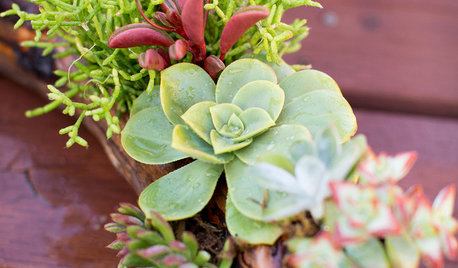
DIY PROJECTSMake a Beautiful and Long-Lasting Driftwood Centerpiece
Add succulents to found wood for an easy arrangement that looks straight from a designer florist's shelf
Full Story
DECORATING GUIDESShop Your Garden for Easy Holiday Decorations
Make your home merry and bright without all the stress and fuss — everything you need is in your own backyard
Full Story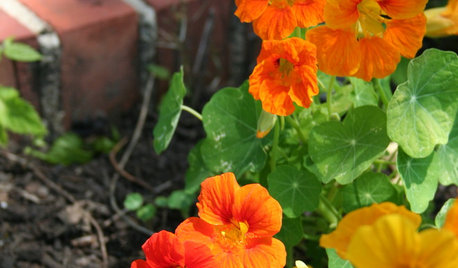
GARDENING GUIDESDon’t Let These Excuses Keep You From Gardening
Stop blaming your lack of experience, space, time and funds, and get on with the joy of garden making
Full Story






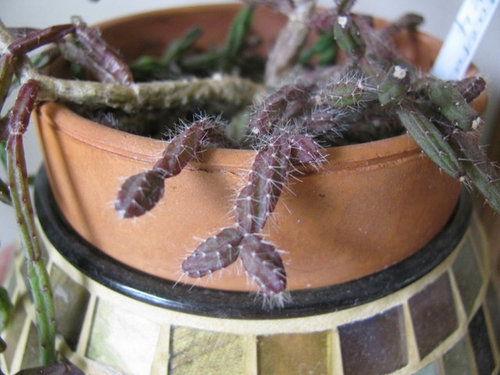

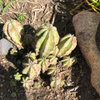
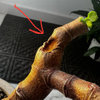
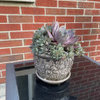
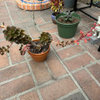
cactusmcharris, interior BC Z4/5
mrlike2u
Related Professionals
Ellicott City Landscape Contractors · Oviedo Landscape Contractors · Yuba City Landscape Contractors · Hueytown Landscape Contractors · Bell General Contractors · Country Club Hills General Contractors · Duncanville General Contractors · Millville General Contractors · Mount Laurel General Contractors · Waltham Carpenters · Ashburn Decks, Patios & Outdoor Enclosures · Estero Decks, Patios & Outdoor Enclosures · Fort Myers Decks, Patios & Outdoor Enclosures · Inwood Decks, Patios & Outdoor Enclosures · West Hills Decks, Patios & Outdoor Enclosureswantonamara Z8 CenTex
rina_Ontario,Canada 5a
gramadeaOriginal Author
raylynn2
pirate_girl
Dzitmoidonc
gramadeaOriginal Author
Dzitmoidonc